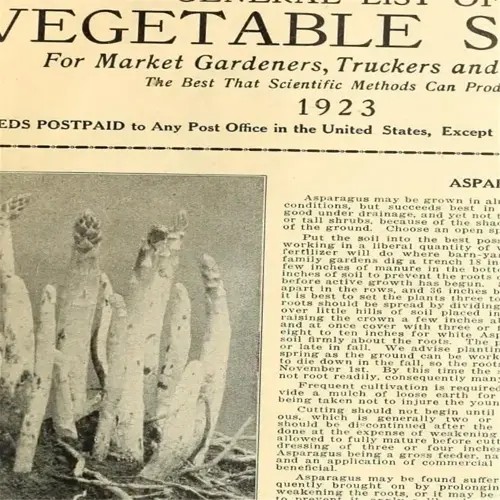Where are most US almond farms located?

Written by
Michael Sullivan
Reviewed by
Prof. Charles Hartman, Ph.D.If you're wondering where most almond farms in the United States are located, look no further than California's Central Valley, a 450-mile stretch that over the last century has grown about 80% of the world's supply of almonds. Almonds are perfectly suited to the mild winters, hot summers, and well-draining soils of California's Central Valley. I've walked orchards just outside of Modesto where almond trees reached beyond the horizon and their roots were tapping into ancient aquifers deep beneath the soil.
Central Valley, CA
- 600,000+ acres of almonds across 22 counties
- Chill hours: 400-600 below 45°F (ideal for dormancy)
- Soil: Sandy loam with 2-3% organic matter
Secondary Zones
- Arizona: 12,000 acres in Maricopa County (low humidity)
- Texas: 8,000 acres near Lubbock (drought-resistant rootstocks)
- Florida: 1,500 acres in Immokalee (experimental Mediterranean microclimates)
The Central Valley experiences a Mediterranean-like climate with 240 frost-free days a year essential to nut farming. Farmers utilize moisture sensors to monitor soil moisture for a more efficient use of irrigation. A farmer in Fresno described how he reduced water use by 20% while increasing yield using precision farming technology.
Climate Challenges
- Southeast humidity fosters fungal diseases like shot hole
- Midwest frosts damage blooms (requires -5°F hardy varieties)
- Pacific Northwest rains disrupt harvest timing
Soil Limitations
- Florida's sandy soils lack water retention (needs daily irrigation)
- Texas clay requires extensive tilling and gypsum amendments
- Rocky Appalachian soils limit root development
Innovation is the vehicle for success outside the state of California. A grower in Texas near Abilene has used subsurface drip irrigation as a tool against 100-degree summers, on a 200-acre orchard that produces 1,200 lbs/acre. This is proof that changing the micro-climate of fruits and choosing rootstock can bend local conventions.
Read the full article: How to Grow Almonds: Simplified Guide for Bountiful Harvests

